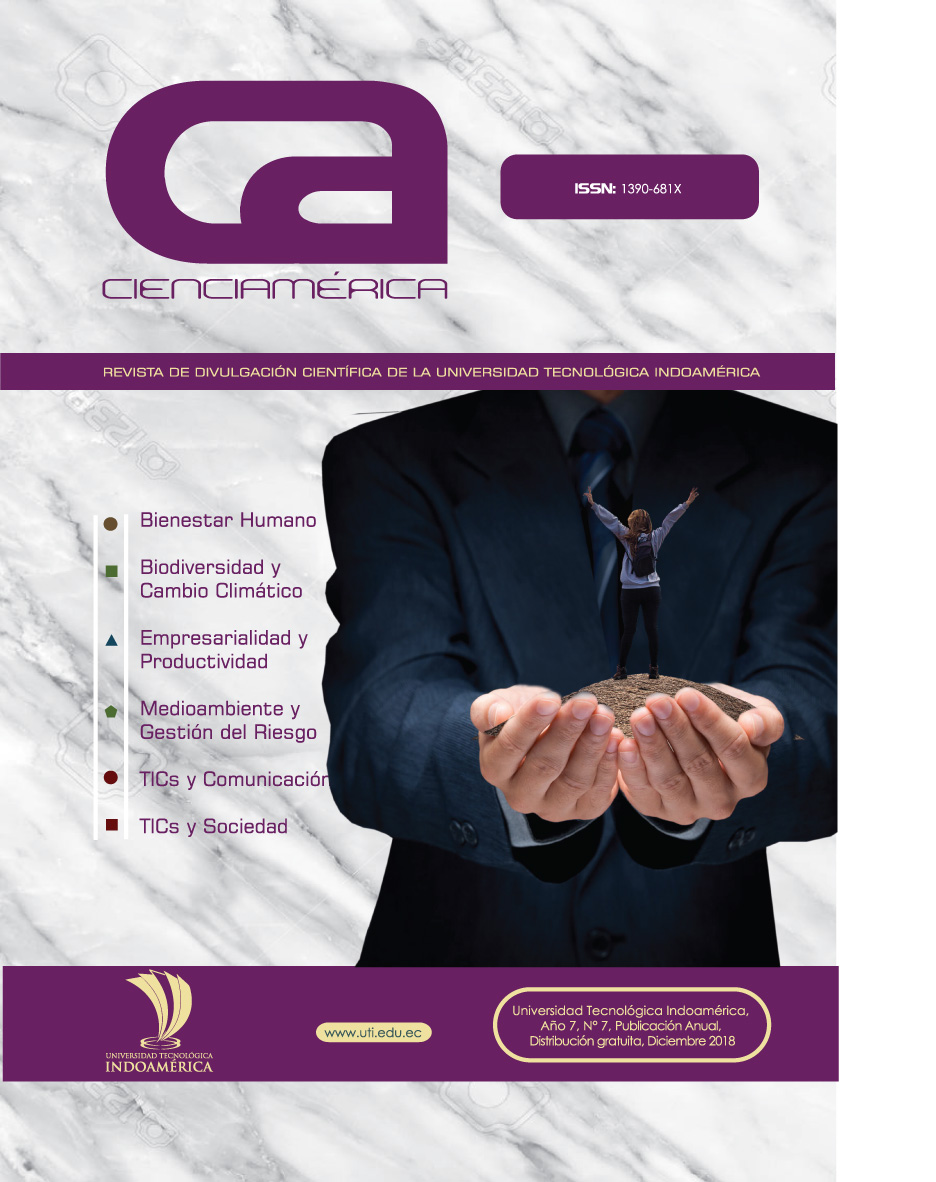Understanding suicidal behavior from insecure attachment bonds and childhood trauma
##plugins.themes.bootstrap3.article.main##
Abstract
INTRODUCTION. This article analyzes the bonds of insecure attachment with parents and/or primary caregivers and childhood trauma experiences, as factors that increase the risk of suicidal behavior in adolescents. OBJECTIVE. The objective was to explore the relationship of early experiences of insecure attachment and childhood trauma, with the behavior of suicidal risk in a group of 10 adolescents from 13 to 18 years old, patients of the Hospital General Enrique Garcés in Quito, Ecuador. METHOD. A mixed methodology was used that included a semi-structured interview to adolescents participants about their suicide attempts, as well as two measuring instruments: the ACE Questionnaire (Adverse Childhood Experiences) and the ASA (Attachment Script Assessment). RESULTS. Regarding the experiences of childhood trauma in the population studied, it was found that the most significant risk factors are physical and psychological abuse as well as parents and/or caregivers negligence. In addition, it was found that the insecure attachment is related to the suicidal attempts of the participants. DISCUSSION AND CONCLUSIONS. It is concluded that insecure attachment bonds and childhood trauma experiences increase the probability of suicide in the adolescents studied. These findings are discussed according to the literature about the subject.
##plugins.themes.bootstrap3.article.details##

This work is licensed under a Creative Commons Attribution 4.0 International License.
The articles are licensed under a Creative Commons CC BY 4.0 open access licence, which means that anyone can download and read the article free of charge. In addition, the article may be reused and cited as long as the original published version is cited. These conditions allow for maximum use and exposure of the work, while ensuring that the authors receive proper credit.
- Esta obra está bajo una
Licencia Creative Commons Atribución 4.0 Internacional
- .


 http://orcid.org/0000-0001-9713-7860
http://orcid.org/0000-0001-9713-7860
